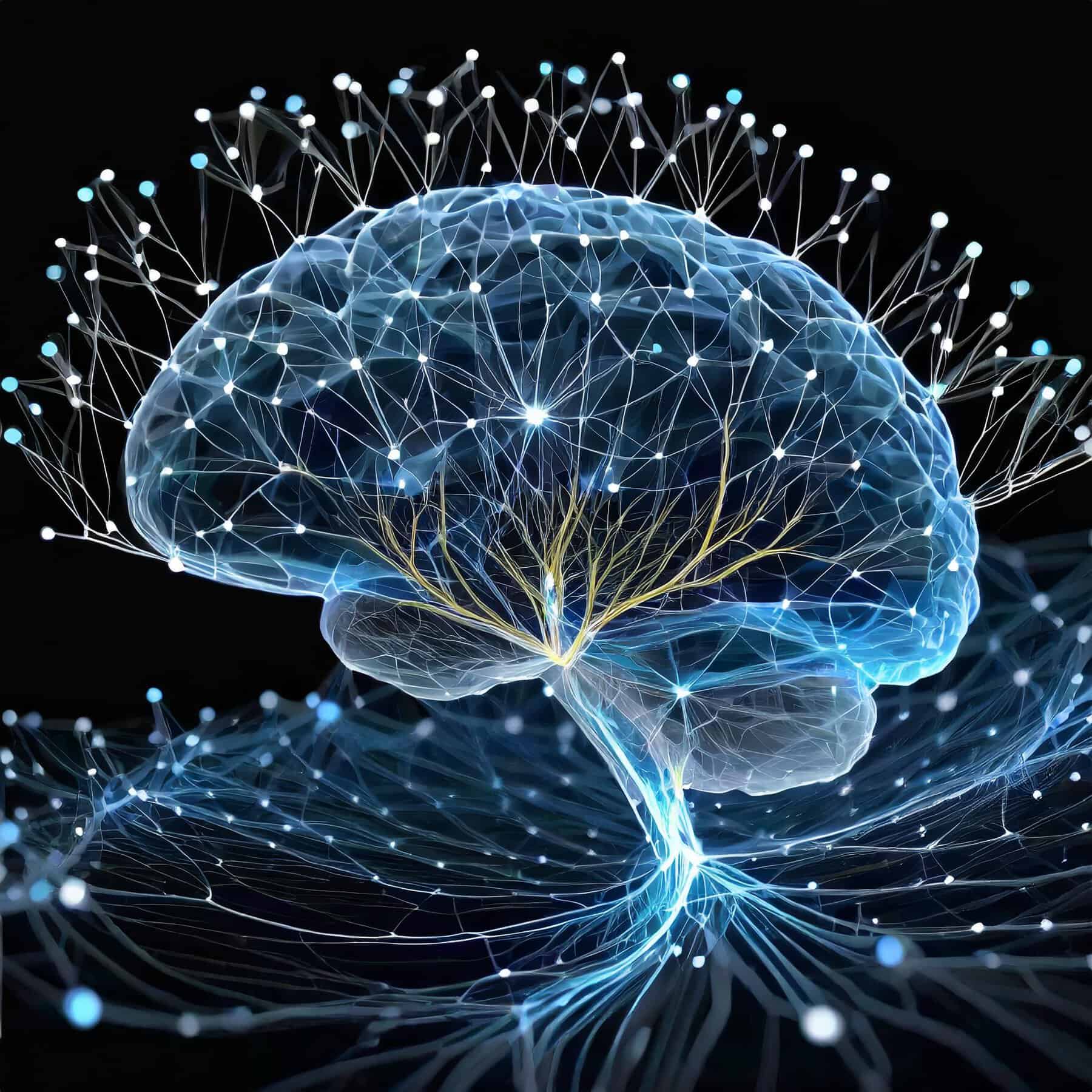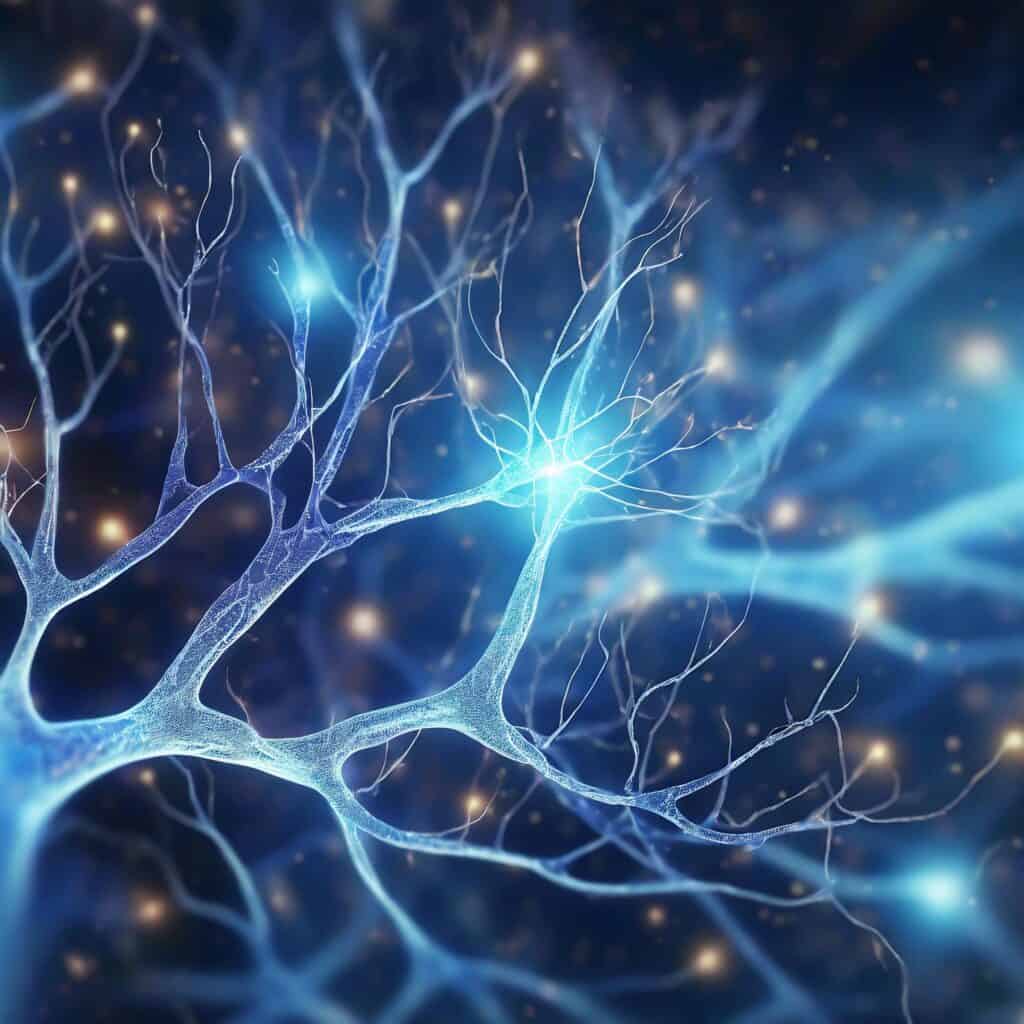Motor Learning and Pilates

2024 brings with it a new trend for Moushu’s Pilates. This is the year we have dedicated to study Neurology, or in layman’s terms, the brain and its connections
Brain & Body: Two Sides of the Same Coin:
It’s a well-known fact that exercise has been known to benefit both, physical and mental development by constantly empowering the connections between the brain & the body.
Pilates in particular is heralded for its mind-body connect, through Motor Learning and a concept known as Neural Plasticity.
So let’s understand how the three work hand in hand.
What is Neural Plasticity?

The brain is a wonderful organ, comprising millions of cells & their connections. It’s an intelligent organ, perpetually learning new things and adapting. It does so by constantly reorganising itself in a process called Neural Plasticity. This process refers to the ability of the neural tissue to mould, adapt or yield to influence.
Motor Learning:
Motor learning is a process by which the human body learns to move. It also aids the process of remoulding the neural tissues due to their neural plasticity.
The 3 Steps of Motor Learning:
The word ‘Motor’ refers to bodily movements. The body itself only changes its movements through the input we provide, which is known as sensory feedback.
The process of Motor Learning involves 3 steps:
1. Cognition: The first step, cognition, refers to awareness. We must first be aware of not only the action we want our body to perform, but also other factors such as deficits to the particular movement, as well as awareness of the sequence which is required in order for us to move skilfully.
2. Association: The second step is association. Being simply aware of what movement we wish to do is not enough. We form associations with our surroundings constantly. What we hear, touch or feel constantly strengthens these associations. Therefore, in order for the movement we wish to practise to create a sequence, we have to integrate the movement patterns with sensory inputs we receive.
3. Automation: Eventually, the repetitive practice of these associations and our awareness of them enables us to do the whole thing on auto-pilot! Constant repetition is what automates this whole process until we no longer have to be cognizant of it.
I’m sure at this point you are thinking how Pilates has anything to do with all this. Here’s how…
Pilates and Motor Learning:
Sensory feedback is a key part of Pilates. Our mind forms better associations with simple things around us and hence is more open to absorb information and learn new things. Pilates instructors will often compare body movements and postures to various visuals like balancing a bowl of water or holding a tomato- basic practices which are easy for everyone to understand, remember & form associations with.
Ultimately, this makes learning movement easier. You’re first made aware of a movement sequence and then are given a simple association from your day-to-day life which makes it easier to practise a particular posture. The more you do it, the more you realise these associations are all around you. As you slowly become conscious of these associations, you accordingly train your posture and movements and before you know it, the whole process is automated!
Here are some of my associations that you can try at home.
Pilates Postures you can try at home:
- To align the head and the neck: Imagine you’re holding a tomato between your chin and your chest. Angle your chin in such a way that neither are you in danger of dropping the tomato, nor is your head bent so much that you’re likely to squish it. Voilà! Your neck & head are now perfectly aligned.
- To align the pelvis in neutral: Picture your pelvis as a bowl of water that’s been filled to the brim. You want your pelvis to be positioned in such a way that the water doesn’t spill over, either from the front or the back. Once you’ve achieved that, it means your pelvis is in neutral.
- To ensure movement from the hip joint: It’s often difficult to distinguish movement from the hip joint instead of the waist. Ideally, movement should be from the hip. Our fun trick to remember this is make sure you move from a granny-panty line instead of the bikini one!
- Thoracic Rotation: Imagine that your upper body is a tap fixed at the base. You can move to turn the water hot, and then to cold. Just ensure you don’t dislodge from the sink!
Most of my clients take these associations home and when they move or even if they don’t, they’re perpetually reminded of these little examples that help them fix their posture. Bowls of water, tomatoes, taps- crazy as they sound, help you think repeatedly of how they are integrated with correcting your posture.
Hence, as a Pilates Instructor, my job is done! I have now made you aware of an incorrect movement pattern/ posture, given you a sensory association to connect with to correct it, and finally incorporated it into your Pilates movement. Pilates instructors also use other sensory associations like tactile feedback and visual feedback to demonstrate and hence, connect your mind to your body.
With constant repetition & re-training, the brain ends up learning and automating these processes until your movement patterns and posture have been changed for the better. Thanks to the Neural Plasticity of the neural tissue, us Pilates instructors lean on its ability to rewire itself to learn and implement these associations.
And I know I’ve done my job well when my clients tell me, “Hey Doc, I’m still holding my tomato!”
